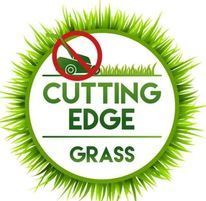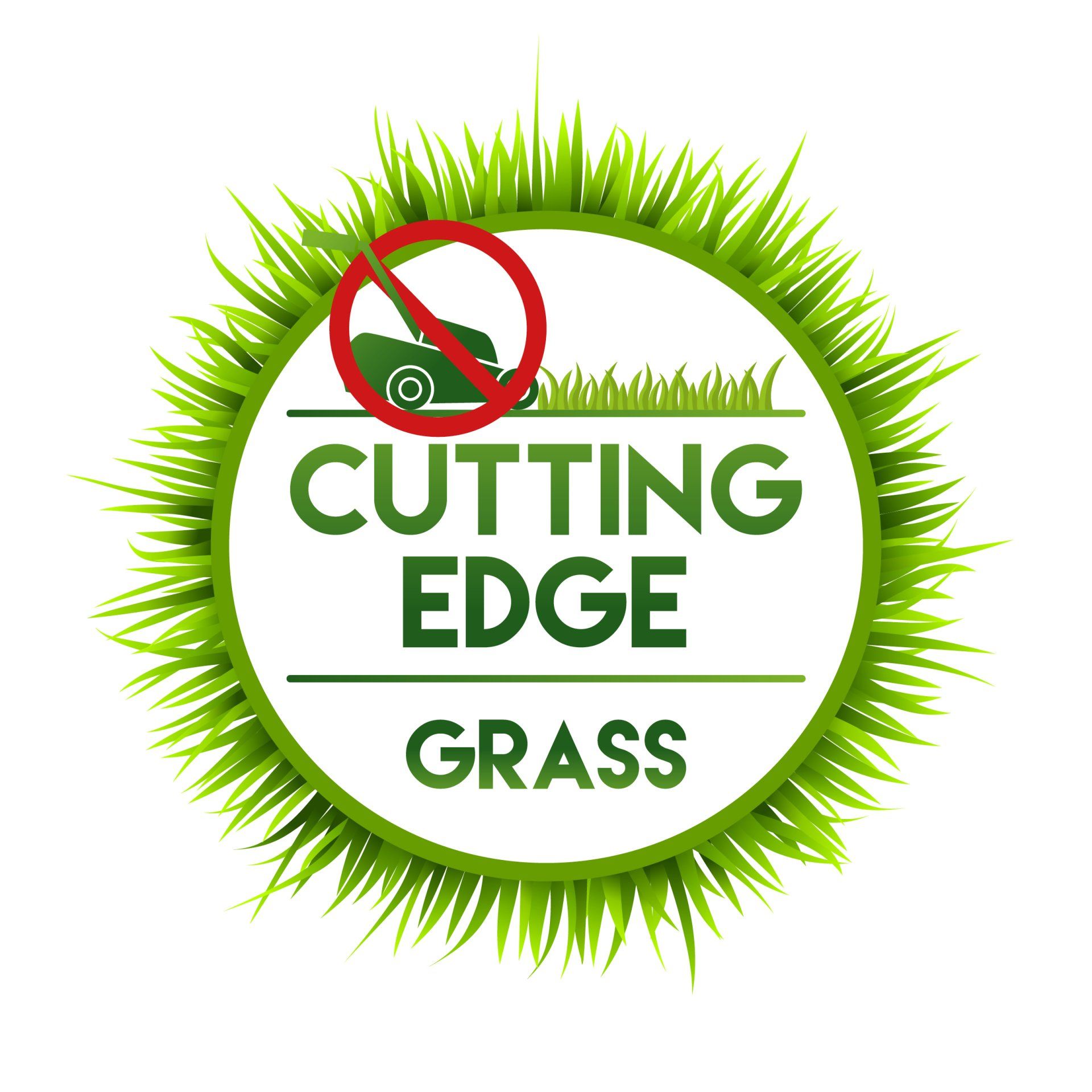Is redwood or white wood best for a garden shed
Redwood or Whitewood Garden Sheds - How do I choose?
When selecting the ideal material for your garden shed, the choice between redwood and whitewood timber is pivotal. Both types of wood offer unique characteristics that can significantly influence the durability, aesthetics, and maintenance requirements of your shed. This comprehensive guide delves into the differences between redwood and whitewood, providing insights to help you make an informed decision.
Understanding Redwood and Whitewood
Redwood and whitewood are both classified as softwoods, commonly used in construction and woodworking. Despite their similarities, they possess distinct properties that make them suitable for different applications.
Redwood (Pinus Sylvestris - Pine)
Commonly known as Scots Pine or European Redwood, redwood is primarily imported from northern Europe, including countries like Sweden, Finland, Norway, and Russia. It is slightly durable and ideal for machining, easily absorbing treatments. Redwood is often used for structural joinery, both exterior and interior, including skirting, architrave, dado, and furniture. It has a light reddish-brown appearance, with sapwood ranging from pale yellow to nearly white. Redwood works well with hand and machine tools and can be glued, stained, varnished, and painted. It is more suitable for second fix applications.
Whitewood (Picea Abies - Spruce)
Known as Norway Spruce, Sitka Spruce, or European Whitewood, whitewood is mainly imported from Sweden, Finland, Norway, Russia, Germany, Latvia, and Estonia. It is lighter and stronger than redwood, making it ideal for construction purposes. However, it naturally resists treatment. Whitewood is commonly used for structural purposes, including studwork and joists, as well as joinery applications like door linings and flooring. It has a white to light yellow appearance and works well with hand and machine tools. Whitewood can be glued and painted but doesn't stain or varnish easily. It is more suitable for first fix applications.
Key Differences Between Redwood and Whitewood
1. Durability and Density: Redwood is denser and more durable than whitewood, making it ideal for outdoor structures such as decks and fences. It is also less prone to warping and shrinking, making it perfect for planed all round (PAR) and planed square edge (PSE) timber applications. Redwood timber is also naturally resistant to decay, so it will last longer in outdoor settings. However, it can be more expensive than whitewood and may require more maintenance.
2. Appearance: Redwood features a warm, reddish hue, while whitewood is typically lighter and can vary in shade. This difference can influence the aesthetic appeal of your garden shed.
3. Workability: Both redwood and whitewood work well with hand and machine tools. However, redwood can be glued, stained, varnished, and painted, while whitewood can be glued and painted but doesn't stain or varnish easily.
4. Cost: Redwood is generally more expensive due to its desirable properties, whereas whitewood is more budget-friendly.
Choosing the Right Wood for Your Garden Shed
When deciding between redwood and whitewood for your garden shed, consider the following factors:
1. Intended Use: If your shed will be exposed to harsh weather conditions or used for heavy-duty storage, redwood's durability may be beneficial. For indoor applications or areas with mild climates, whitewood could suffice.
2. Aesthetic Preferences: Redwood's rich color can add warmth to your garden, while whitewood offers a lighter, more neutral appearance.
3. Budget Constraints: If cost is a significant concern, whitewood may be the more economical choice.
4. Maintenance Willingness: Redwood may require more maintenance to preserve its appearance and durability, while whitewood, especially if treated, can be relatively low-maintenance.
Conclusion
Both redwood and whitewood have their advantages and disadvantages. The choice between the two will depend on the specific requirements of your project, including budget, desired aesthetics, and intended use. Understanding these differences can help you make an informed decision when selecting the right timber for your garden shed.


